Description
Enjoy this Unique Pothos Cultivar
Native to the tropical forests of Southeast Asia, ‘N’Joy’ thrives in moderate to bright indirect light and is renowned for its low-maintenance nature. Perfect for beginner plant enthusiasts, this resilient vine requires minimal watering and tolerates a wide range of indoor conditions. Whether cascading from hanging baskets or trailing along shelves, Epipremnum aureum ‘N’Joy’ adds a pop of color and texture to any room.
Caring for your Golden Pothos
Because of the minimum care they require, if you adhere to simple care measures, it will lead to a luscious, full, and long plant. The plant can grow vines that grow about 30 feet long, and people will often hang the vines around their balcony railings and windows for aesthetic reasons.
Water
As mentioned above, the plant is very easy to maintain. When it comes to watering, the Golden Pothos and all the other types of pothos like to dry out a little bit in between watering. When watering this plant, you have to let the excess water drain out of the pot.
After draining out all the excess water, push your finger down into the soil and feel whether it is starting to dry out. If you let the roots of the plant stand inside the water, then you will end up with root rot, and the plant will react to it immediately.
Light
When you grow the plant indoors, it is best to provide this plant with indirect and bright light. If this plant does not receive enough light, then it will lose its leaf pattern and may also revert to green foliage. To restore their variegation, you will have to shift the plant to brighter conditions. If the leaves turn pale all of a sudden, this may be an indication that the plant is receiving excessive sunlight.
Soil
Like mentioned earlier, Pothos plants thrive in well-drained and dry soil. The plant is also very resilient to varying degrees of soil PH levels. Therefore, it does not matter whether the soil is too acidic, neutral, or alkaline.
Fertilizing
Since these plants are not too demanding, you can use any houseplant fertilizer on a monthly or bi-monthly basis to feed them.
Common Issues
Pothos is usually free of any pests. This is, however, not to say that that you do not have to worry about any issues. Occasionally, the plant will suffer from mealybug infestation. Nonetheless, with the help of simple insecticidal soap and alcohol-soaked cotton swabs, you can control the pests and insects.
Pruning
When pruning, it is important that you only cut a quarter of the vine, which is only about a few inches from the leaf. The point where you make the cut or prune the vine will experience new growth in the form of a vine. When carrying out this process, make sure that you do not leave any leafless vine.
Propagation
Stem cutting allows for easy Pothos propagation. Use the following procedure:
- Use a sharp, sterile tool to cut a one-half inch below the lowest leaf
- Remove the leaf
- Once you find sprout growth, start replanting.
Potting
As the pothos continues to grow out, it becomes very dependent on the pot. This means that the pot becomes a center where the full weight of the plant is focused. When the plant begins to over-grow, you find that the roots are filling up the pot, and they may even be growing out of the potholes. Re-potting will then have to take place if you want the Pothos Epipremnum to have a sizable growth.

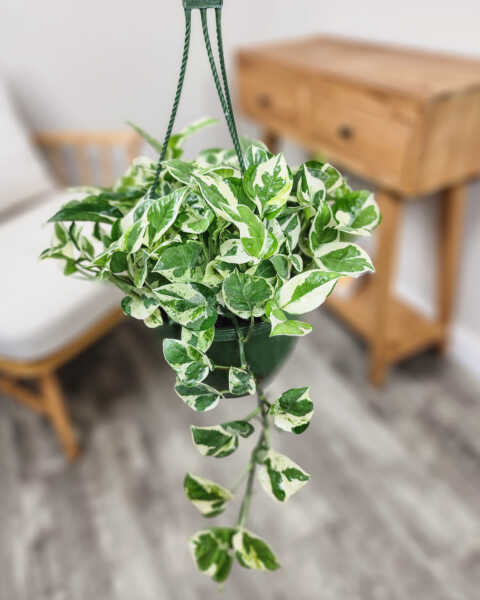
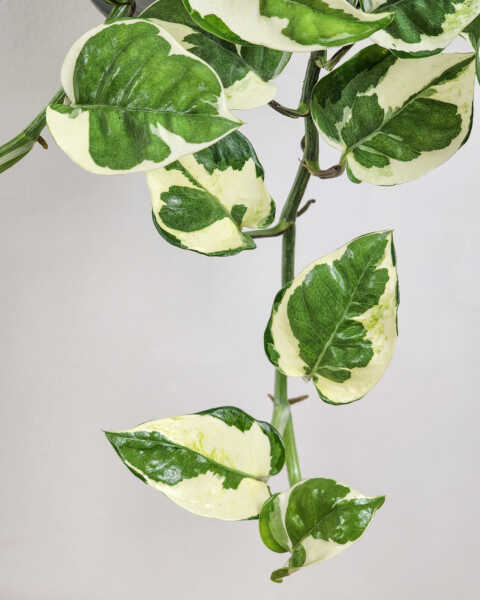
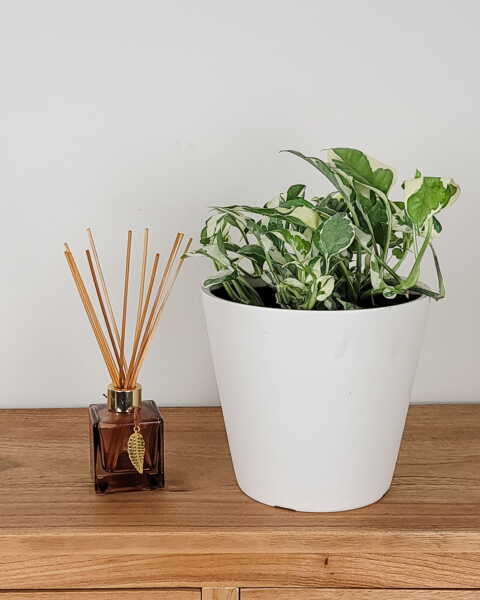
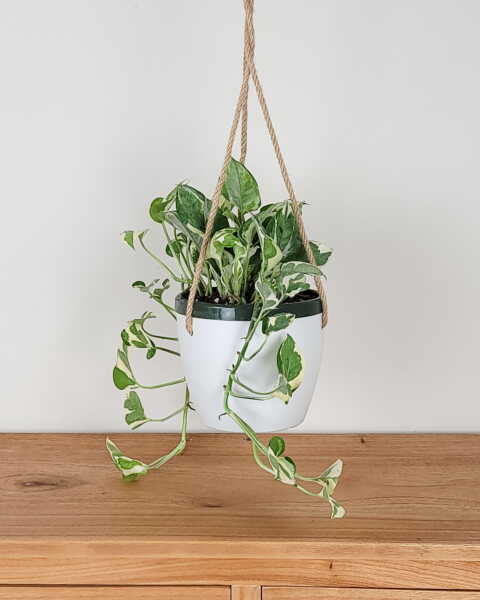
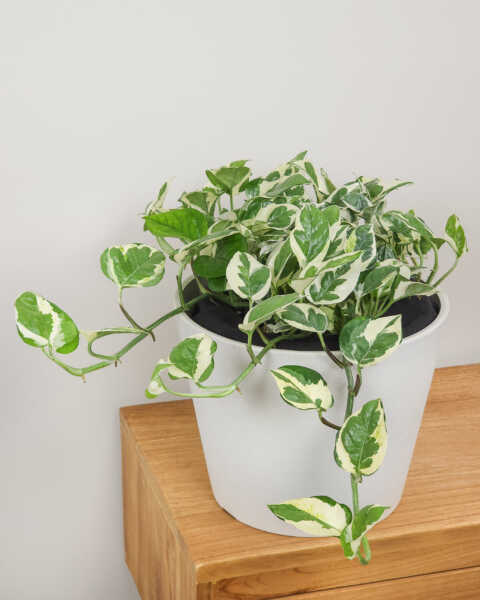
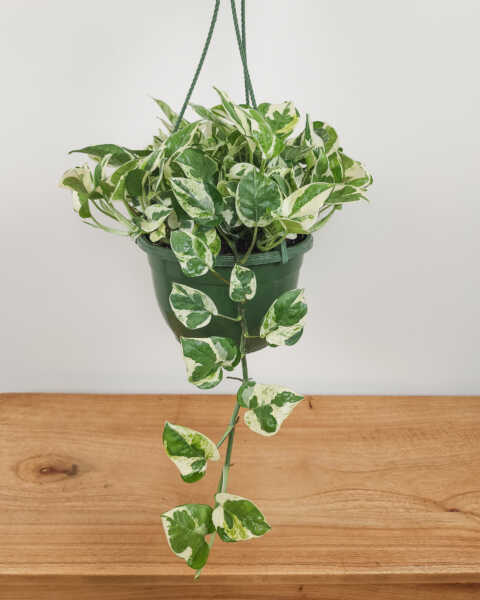









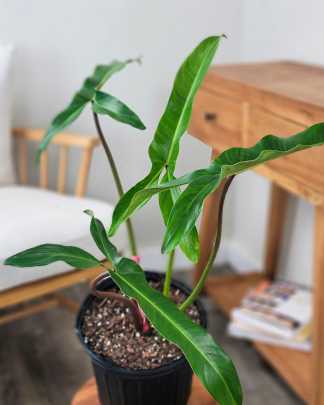



Aubrey K Lewis –
Love the color and shape of the leaves